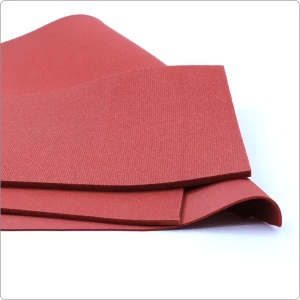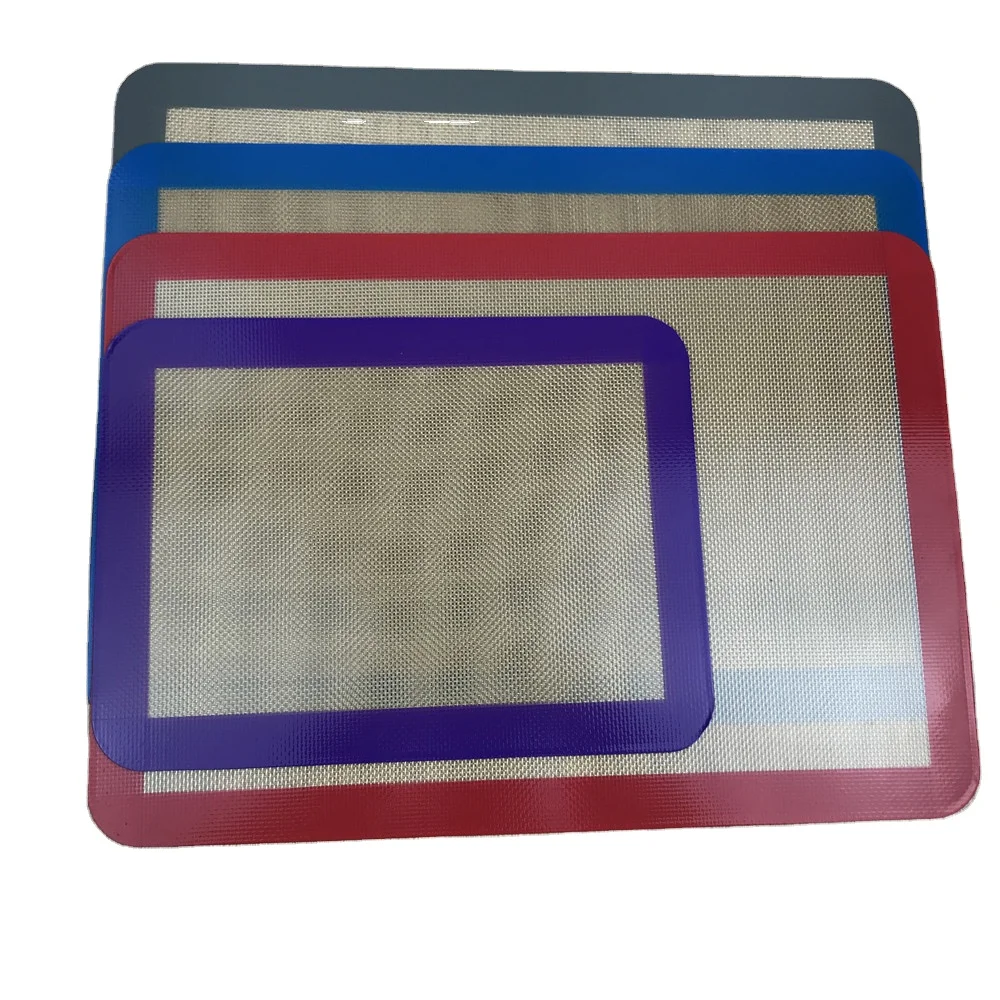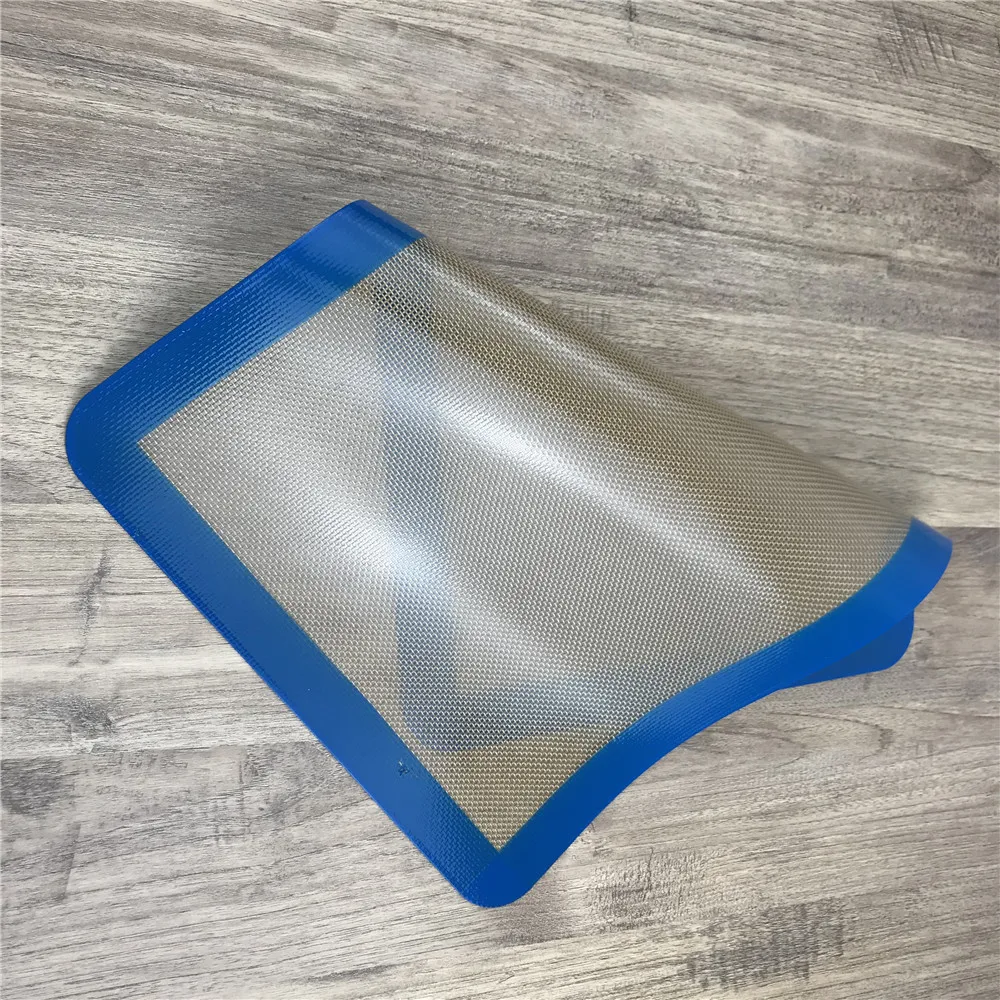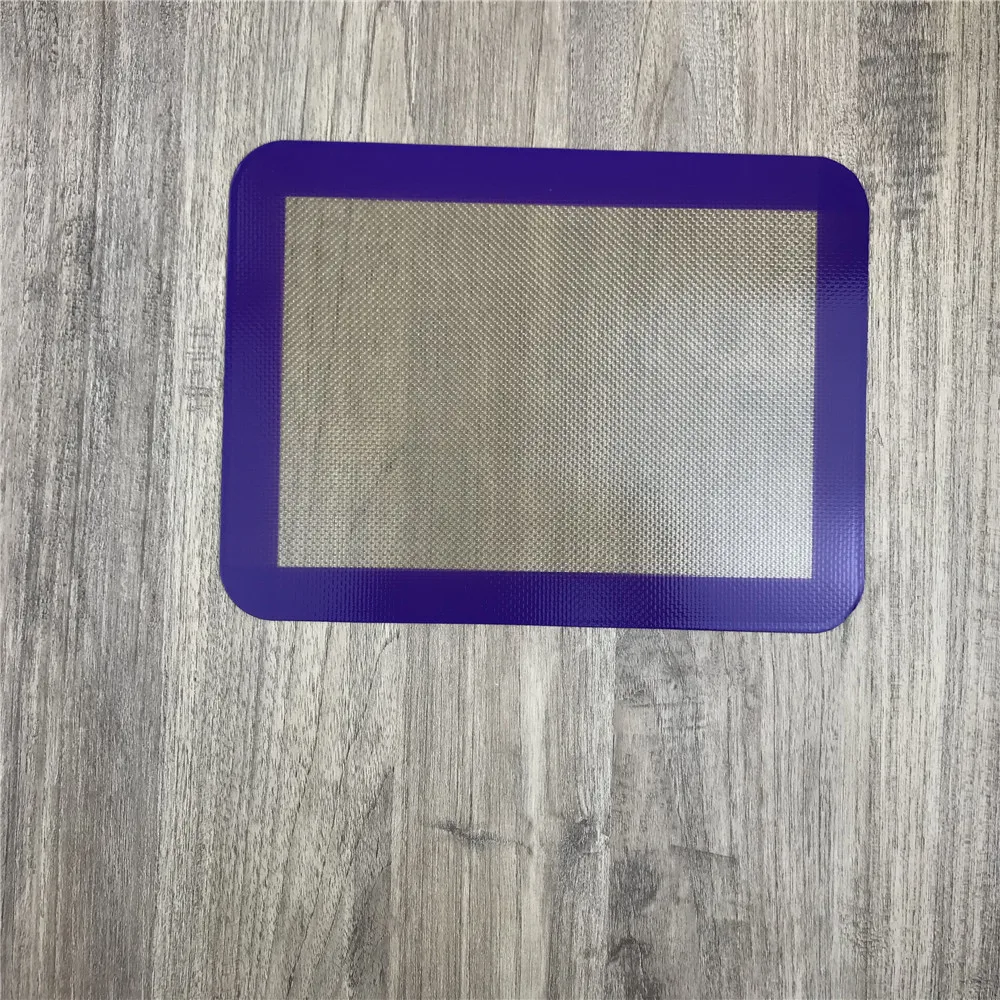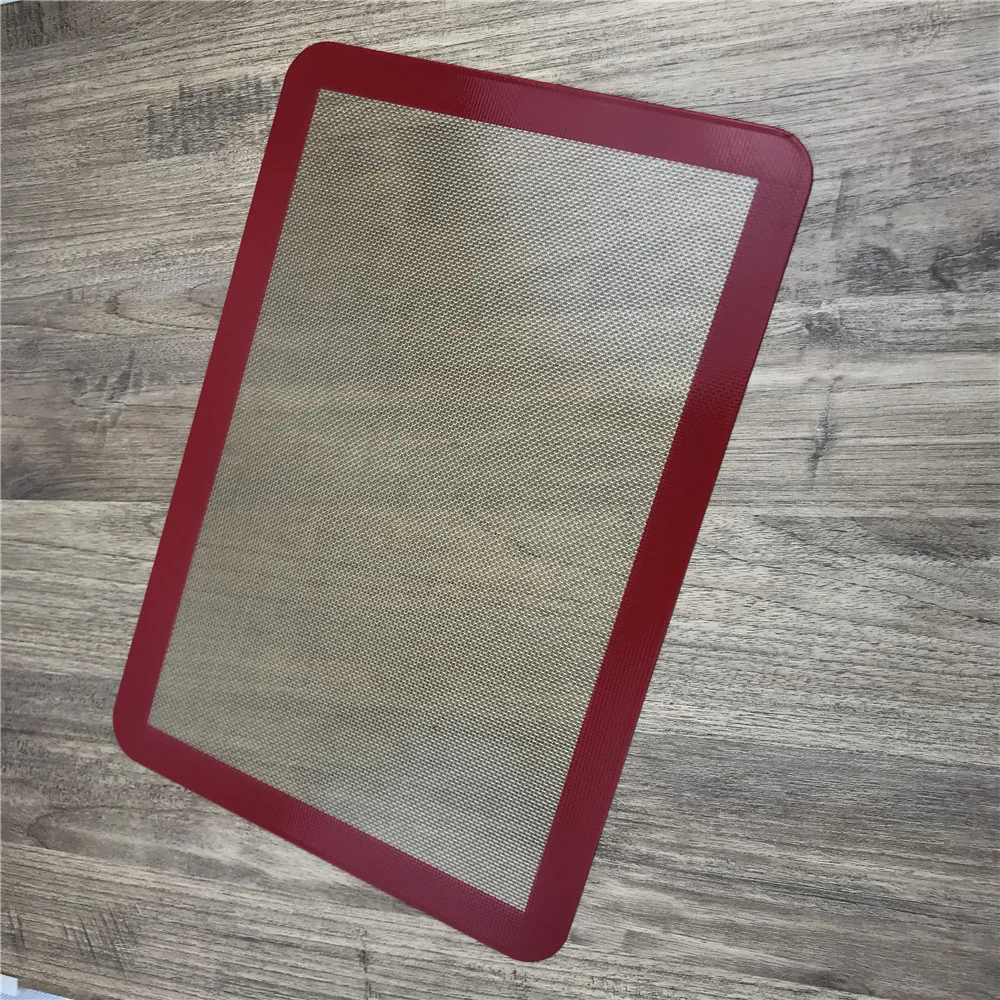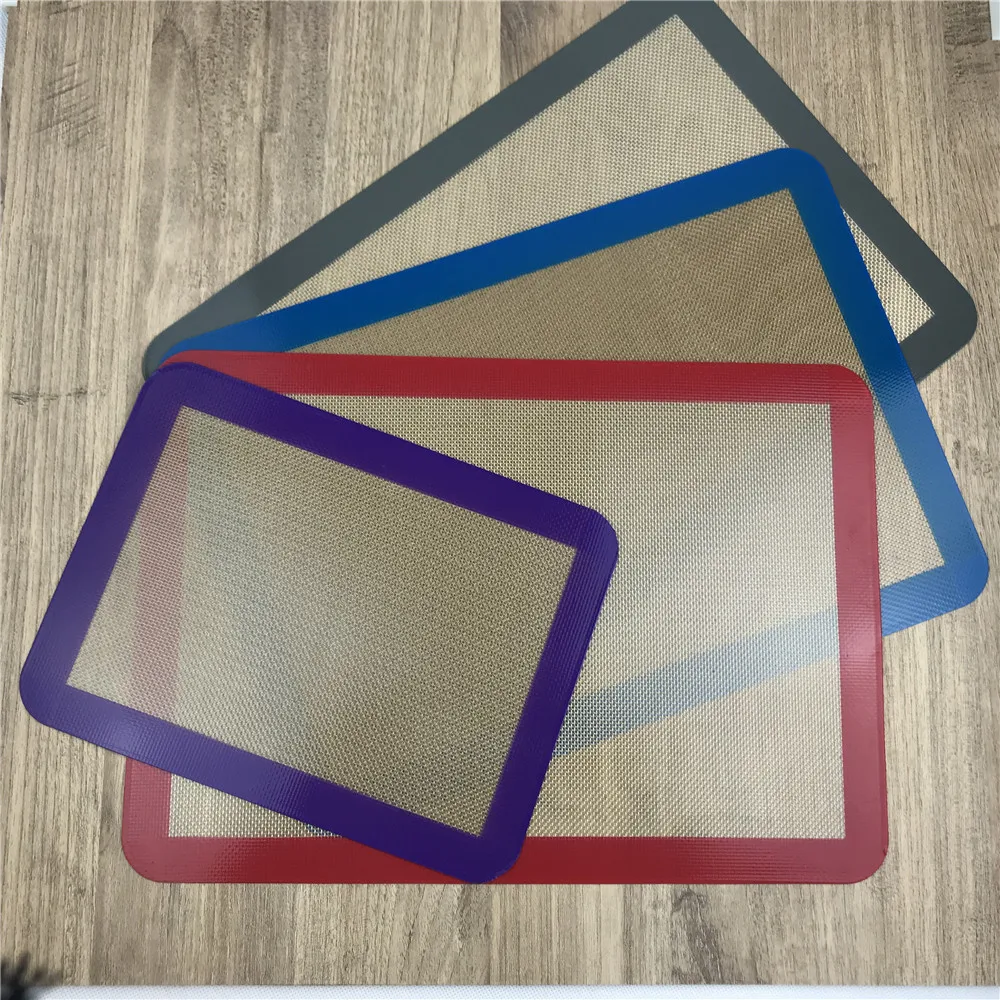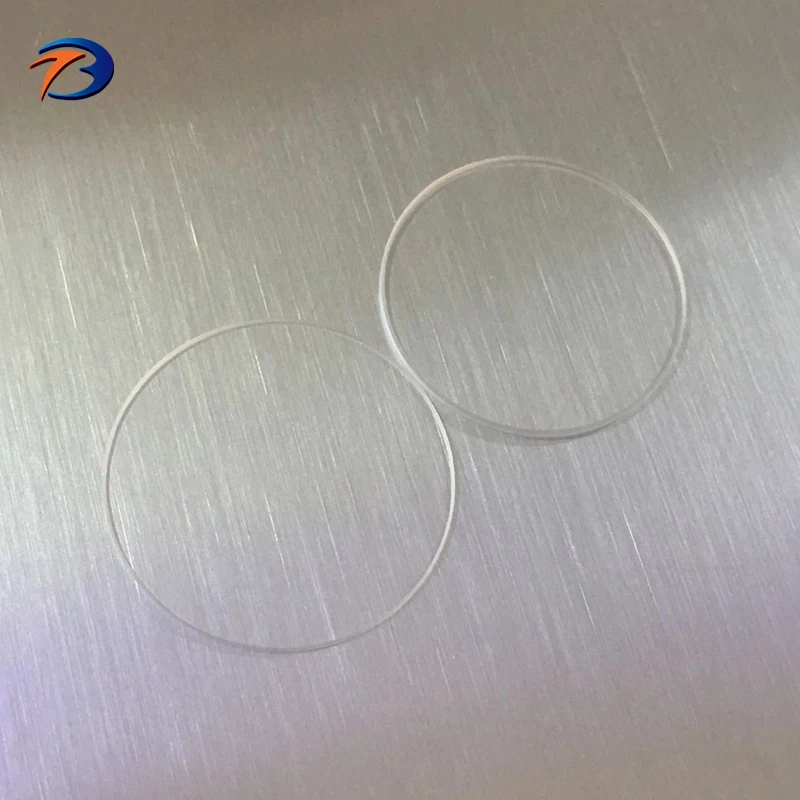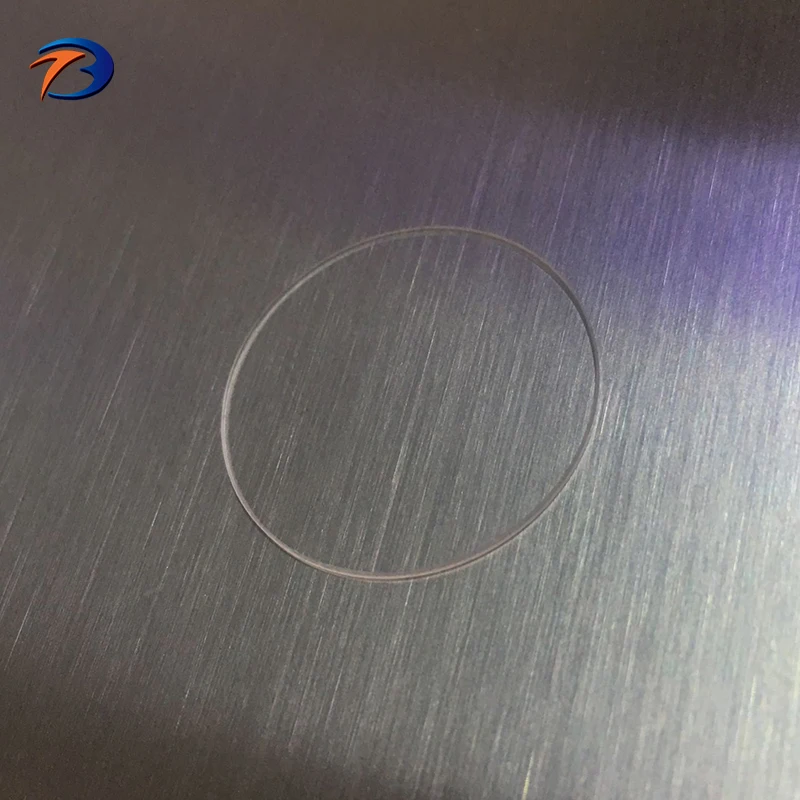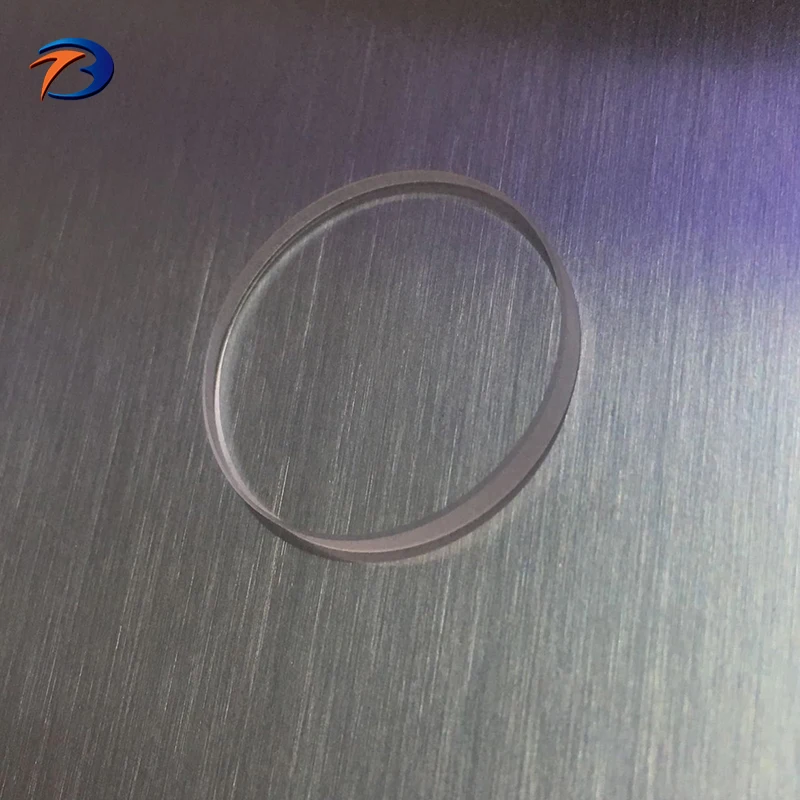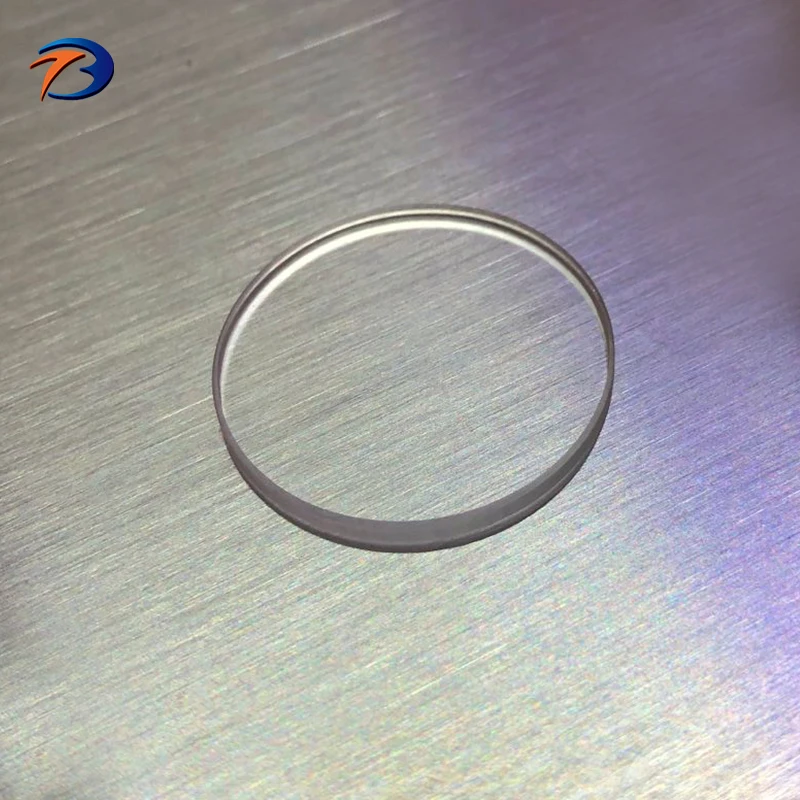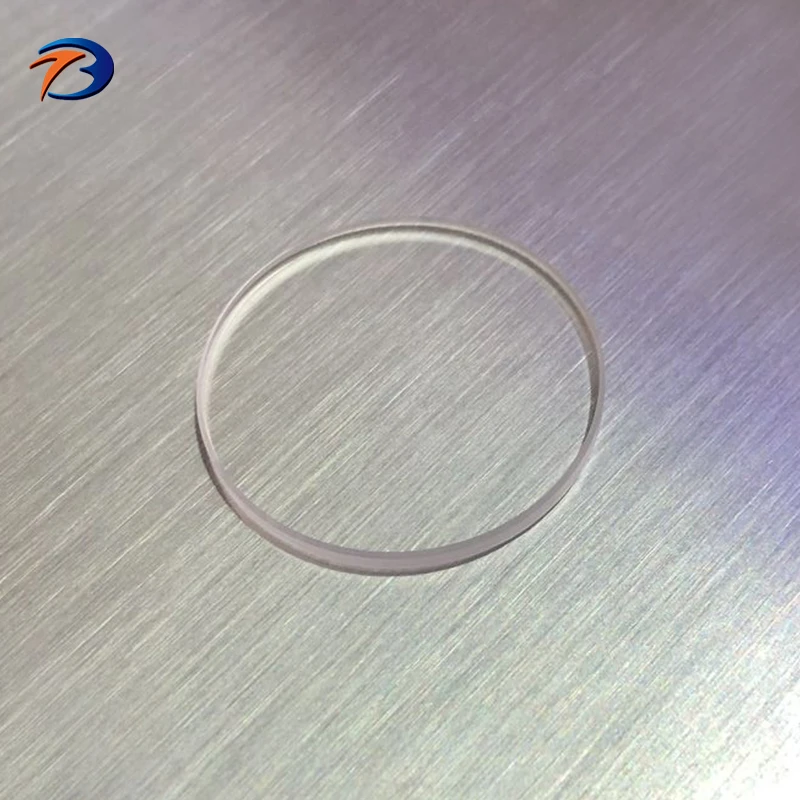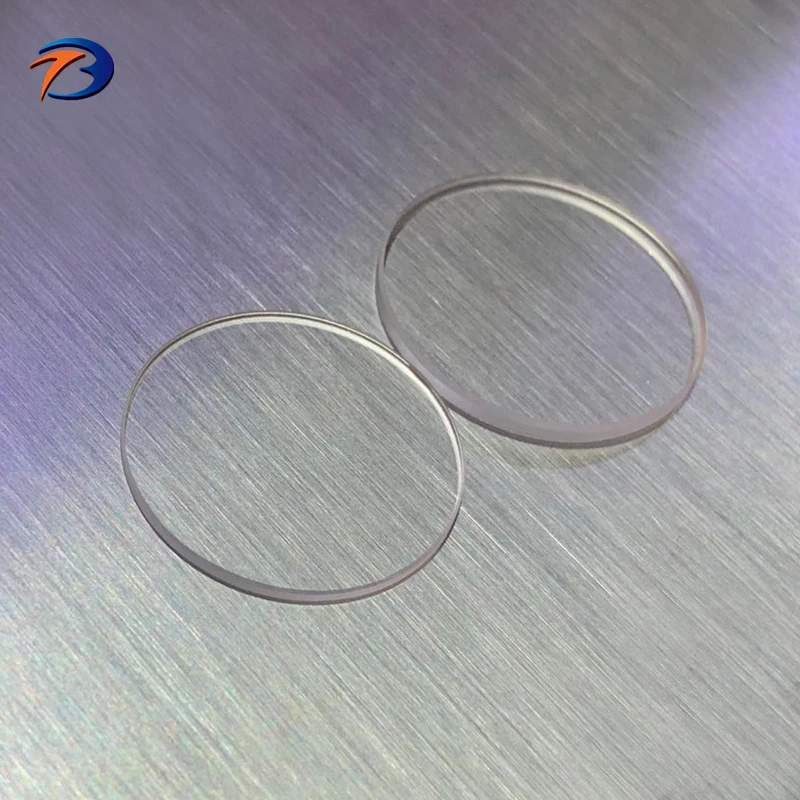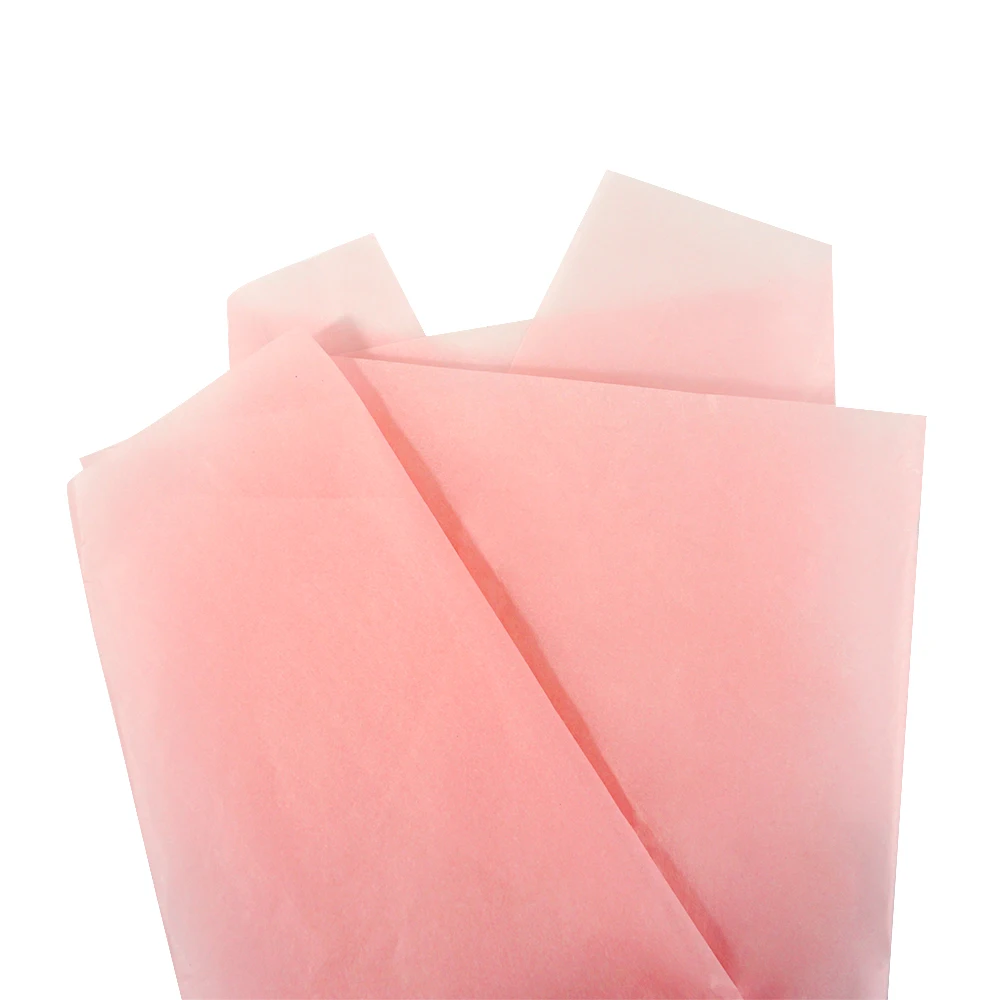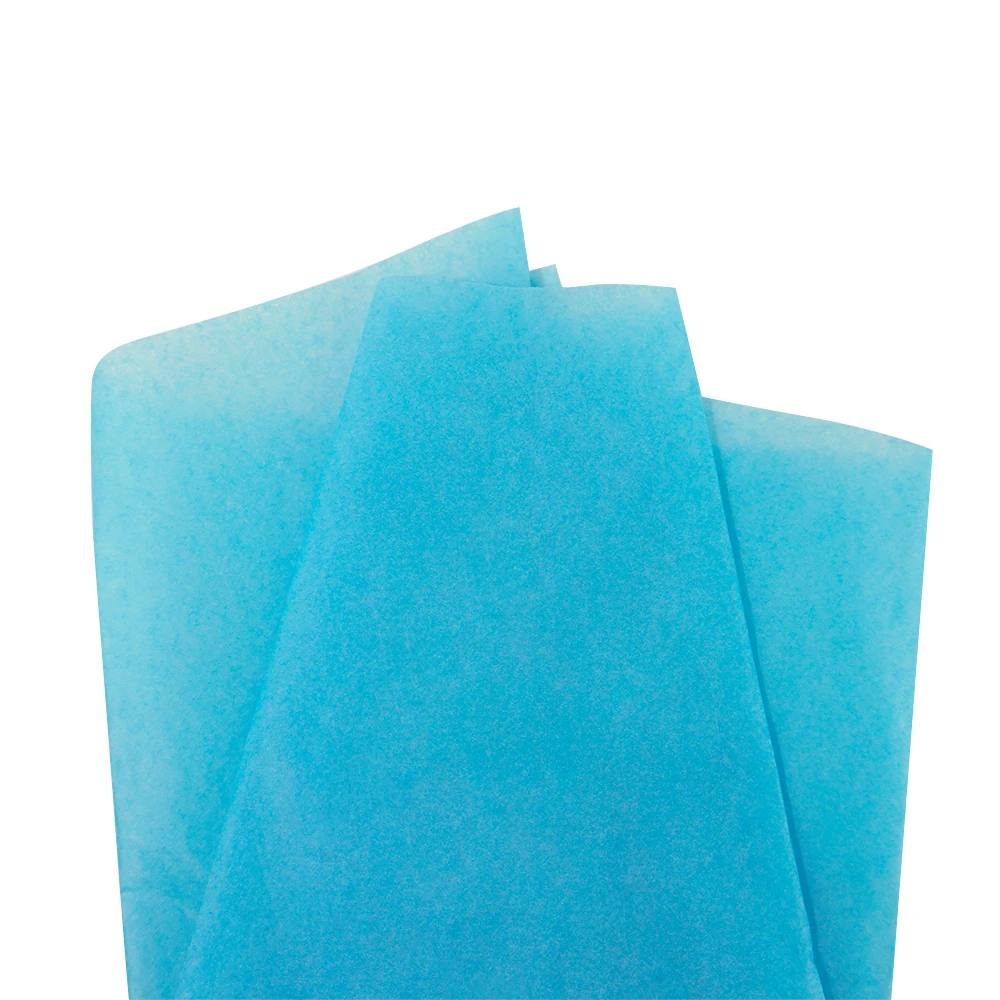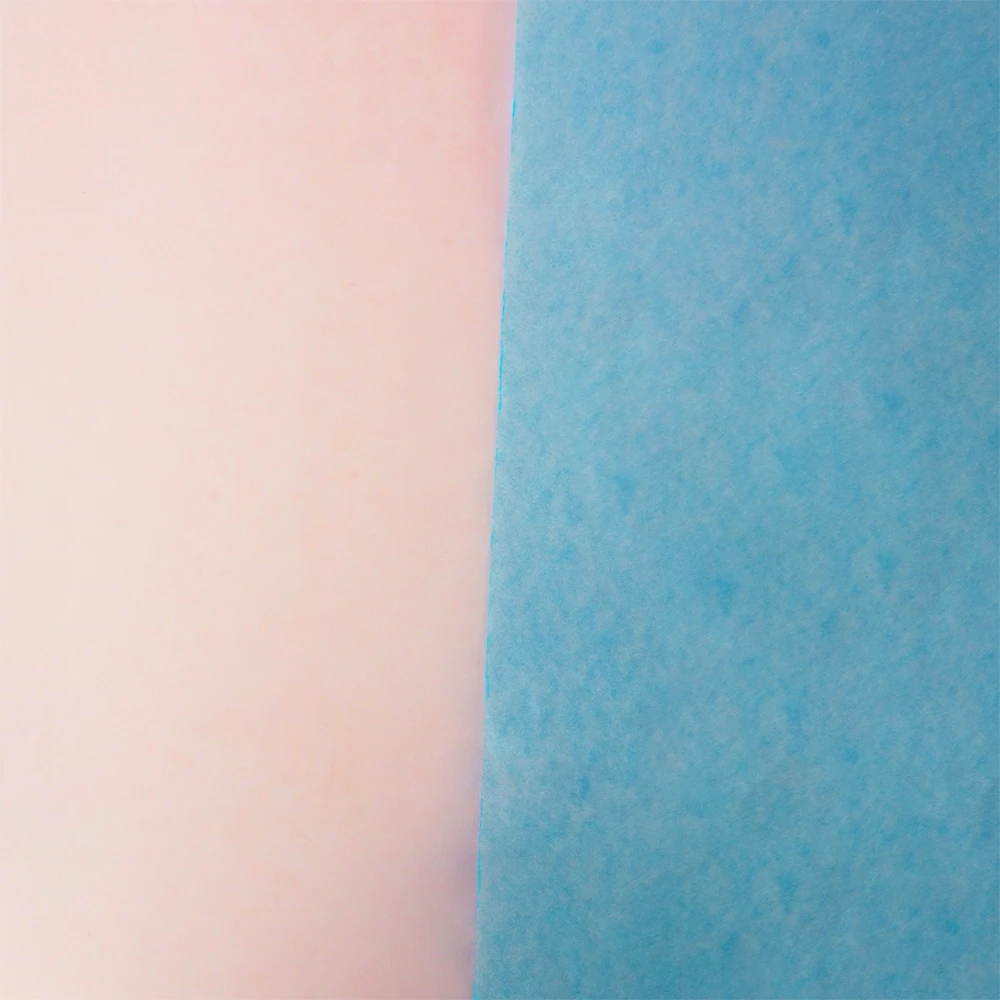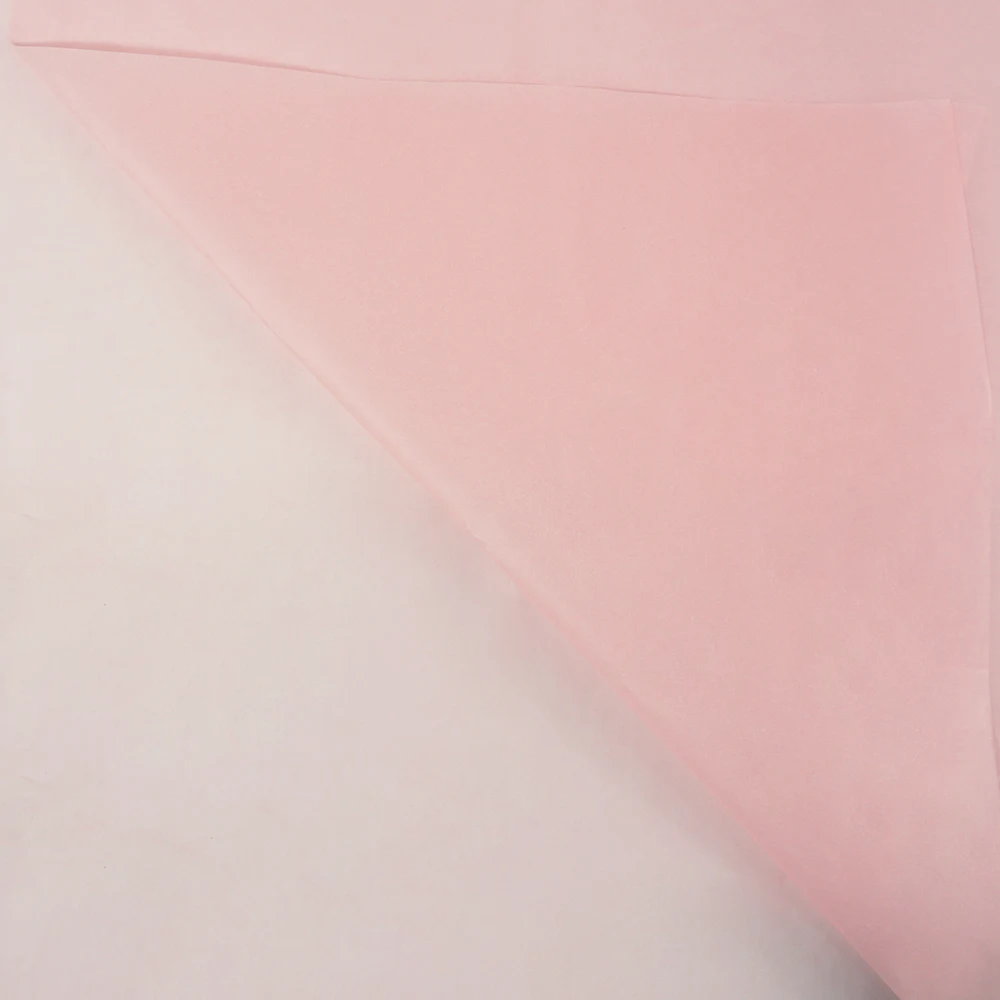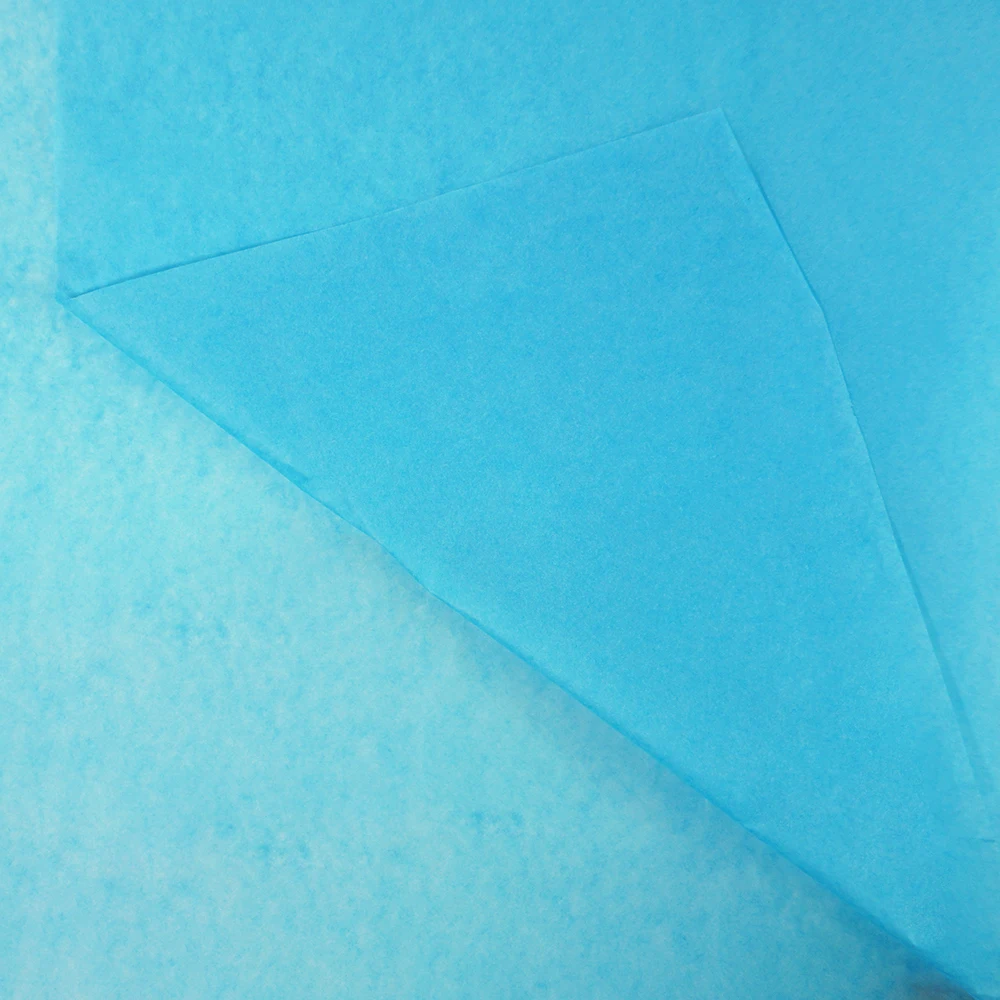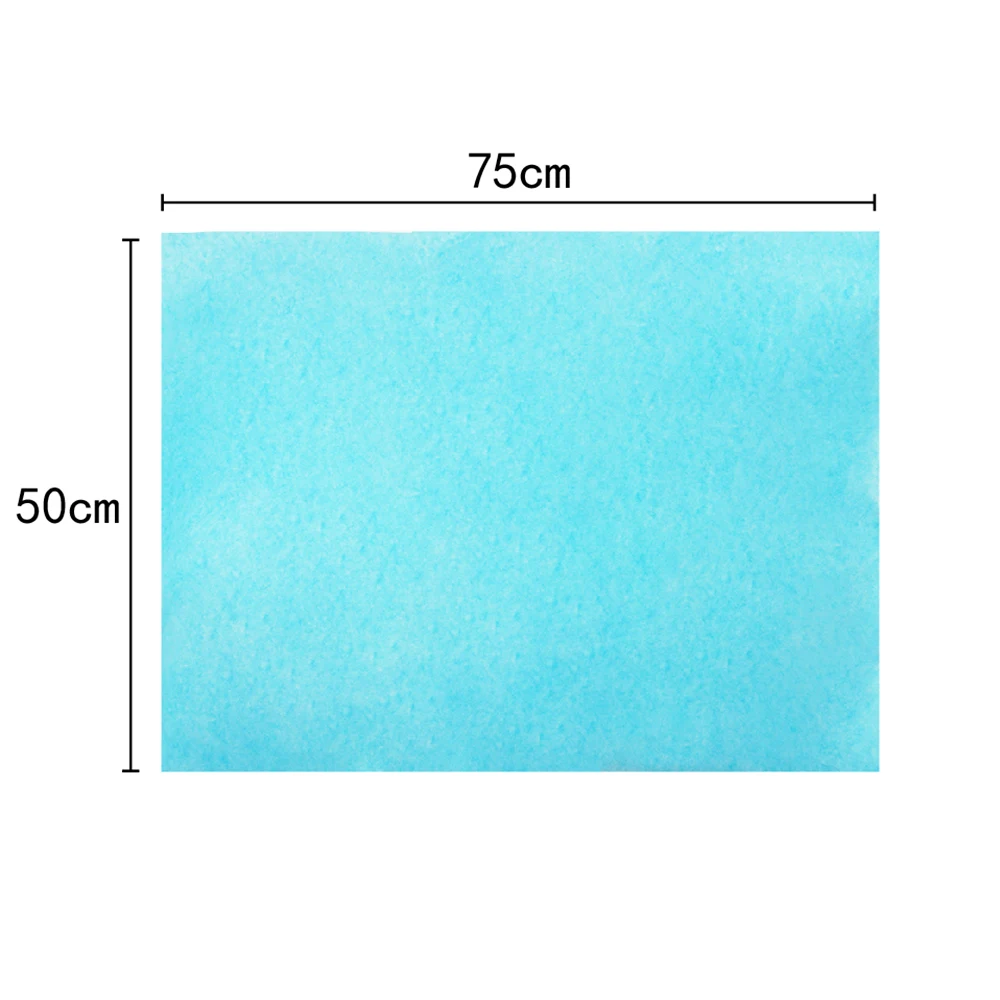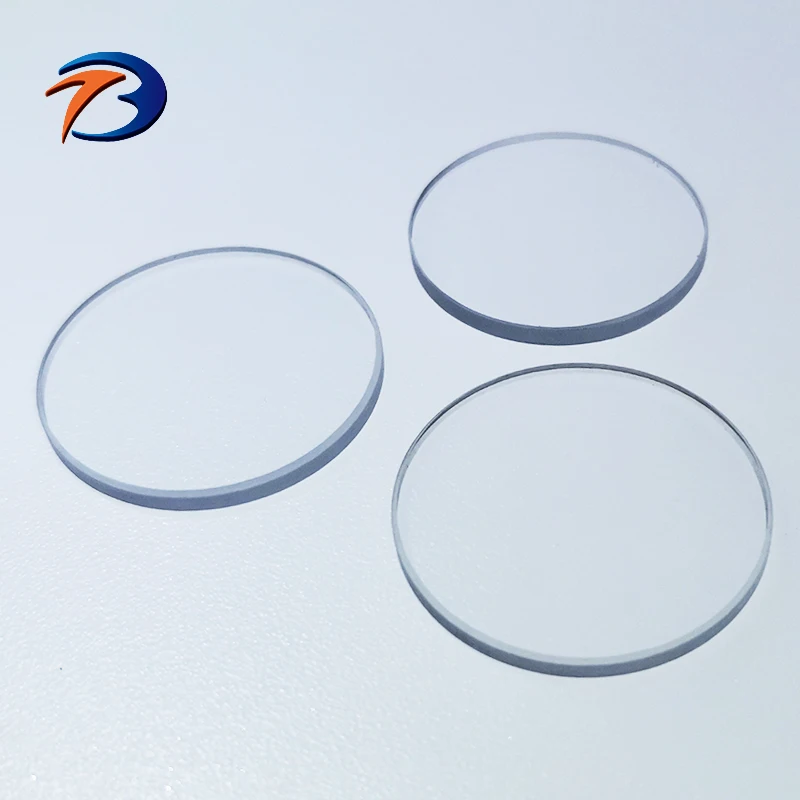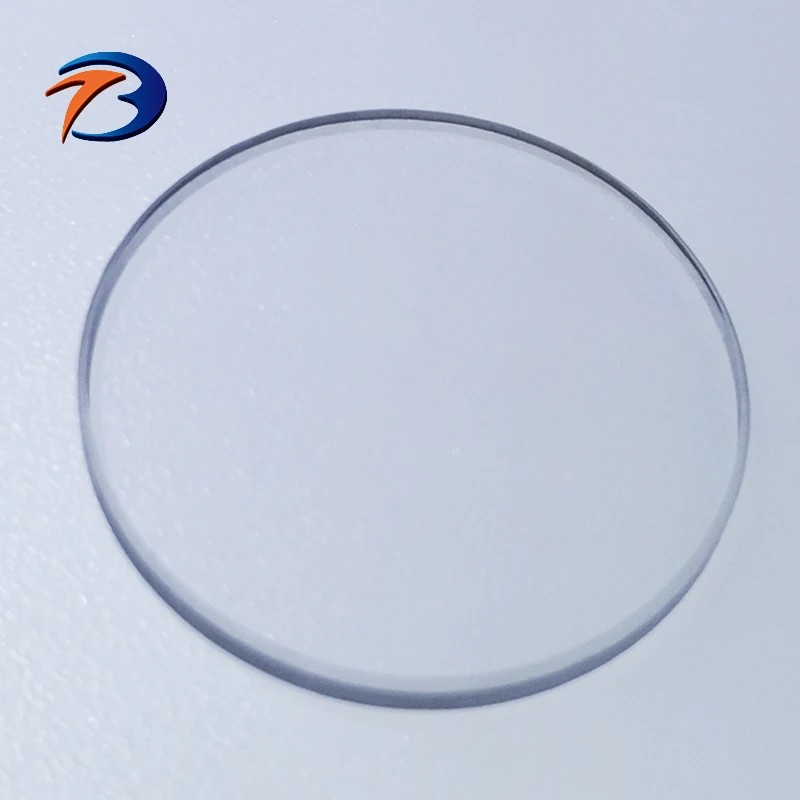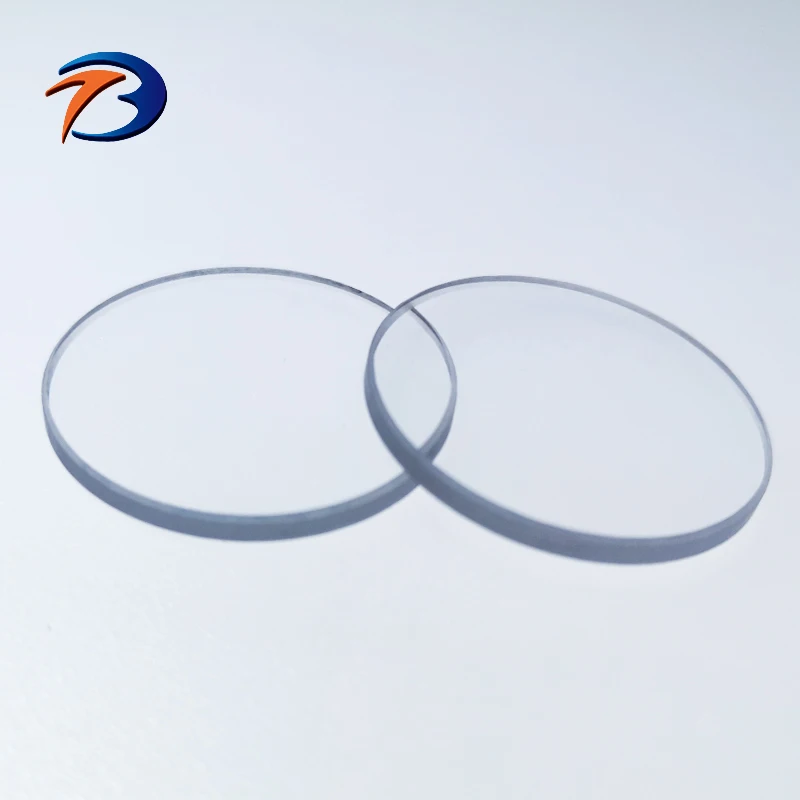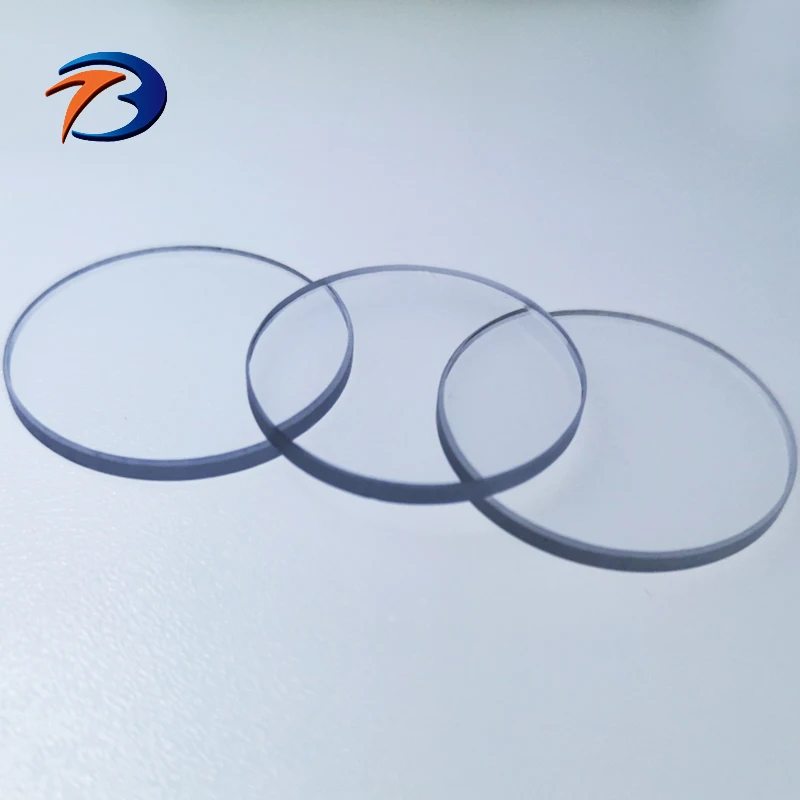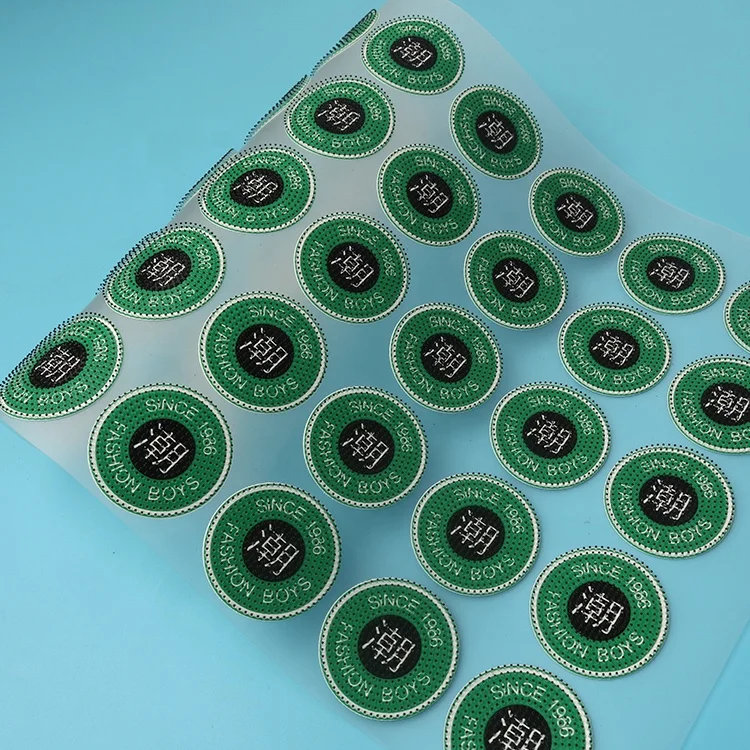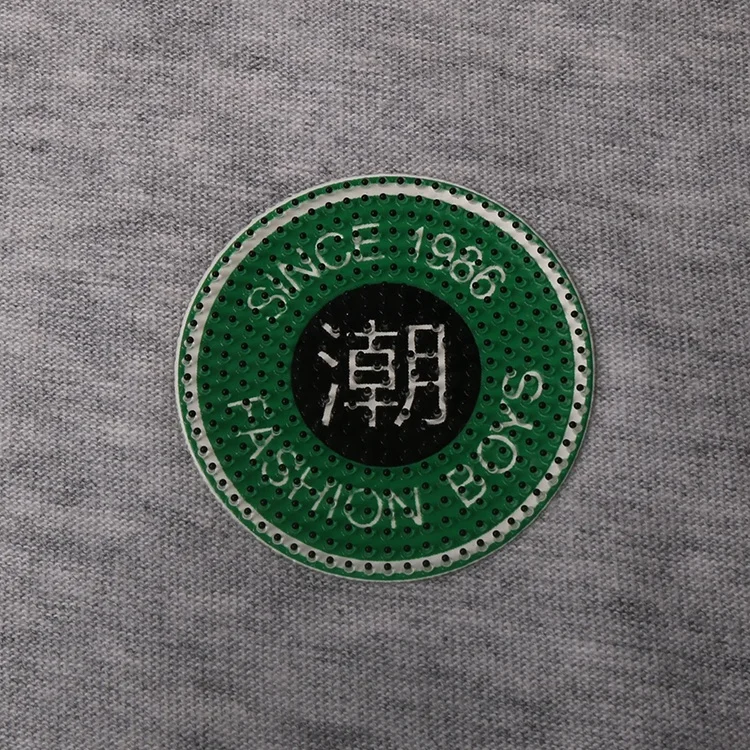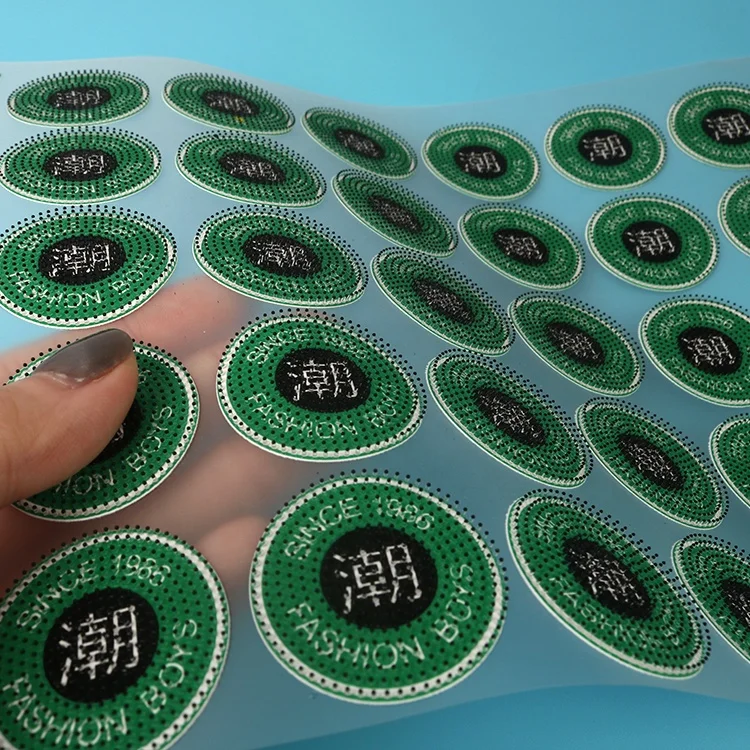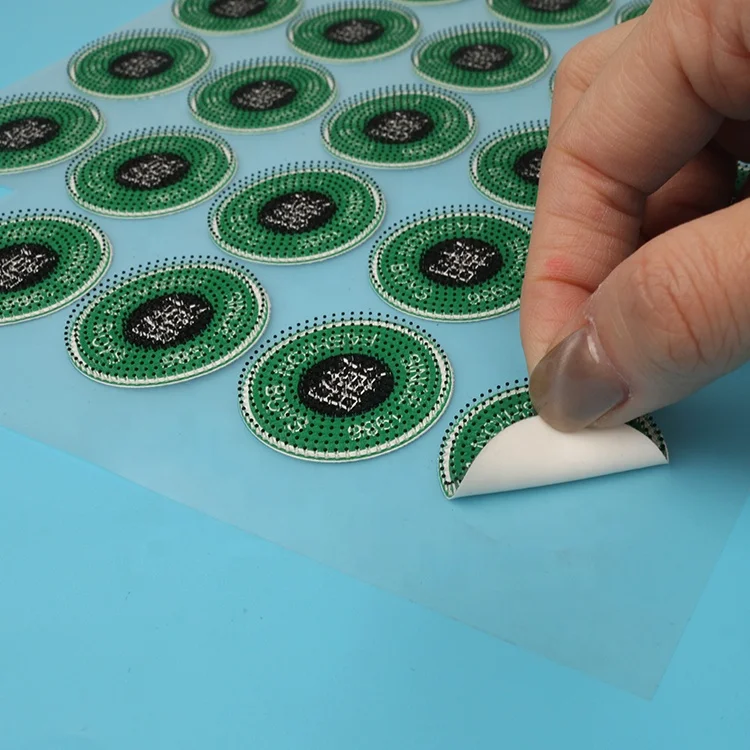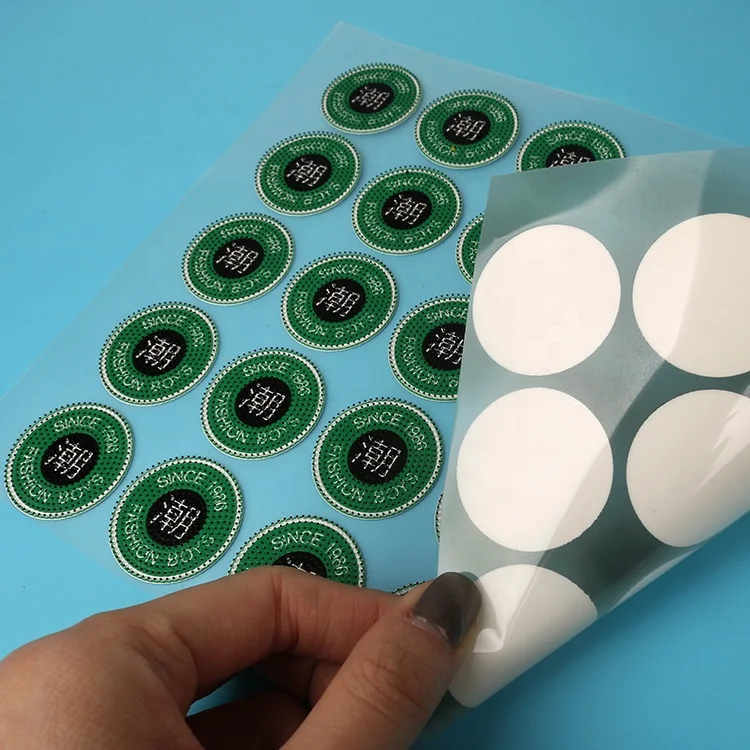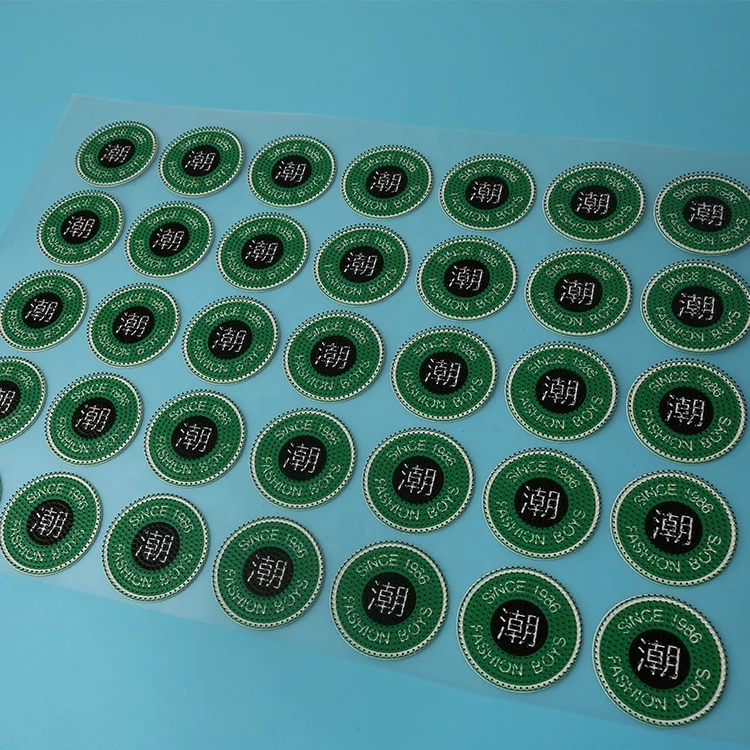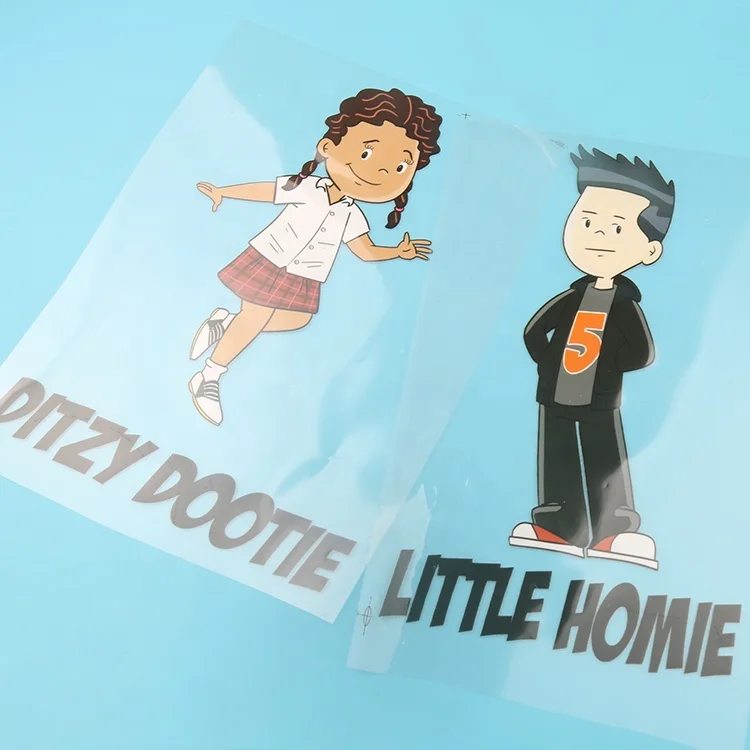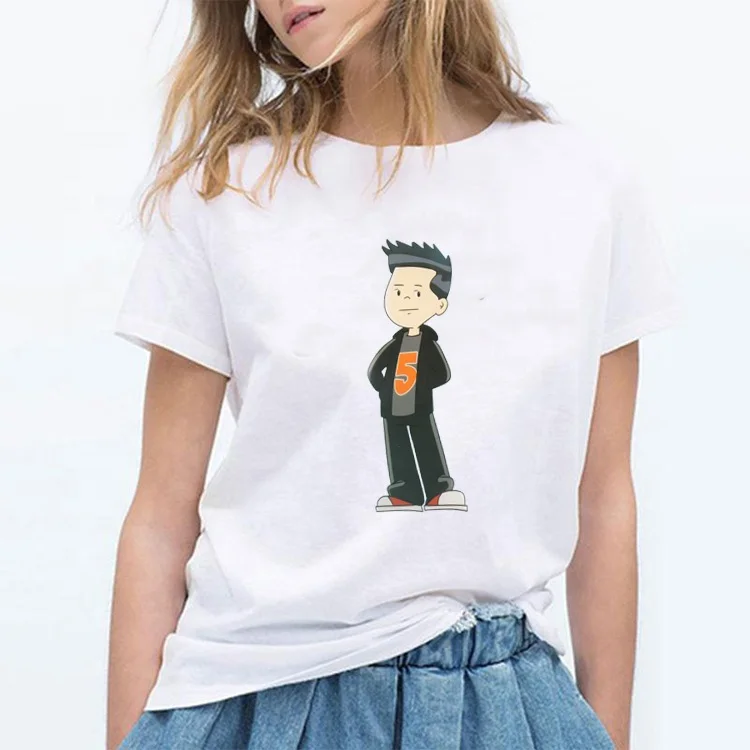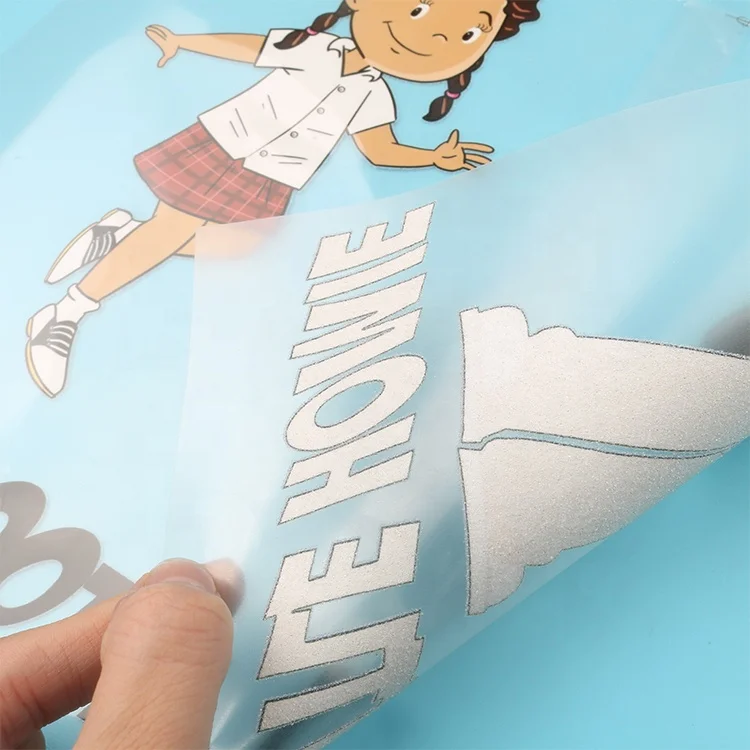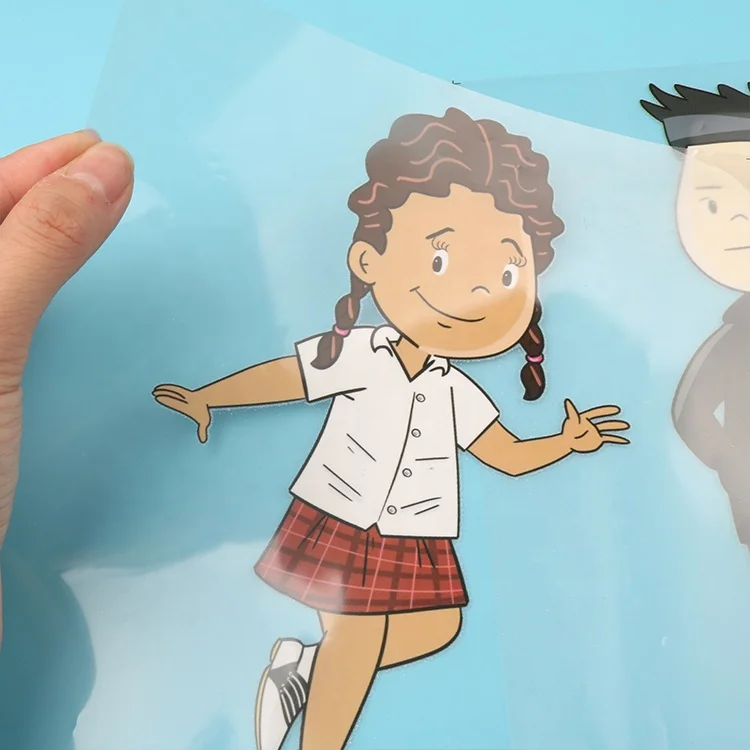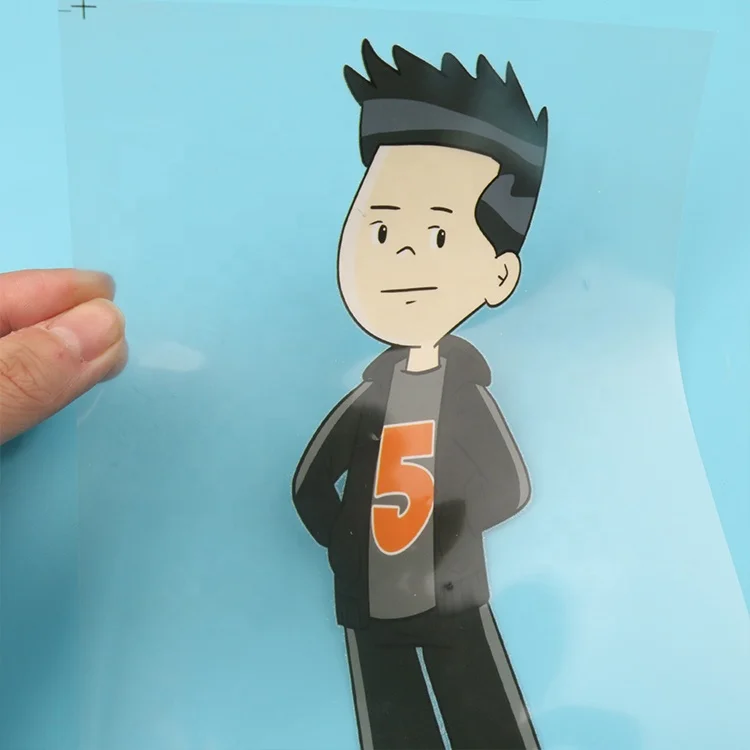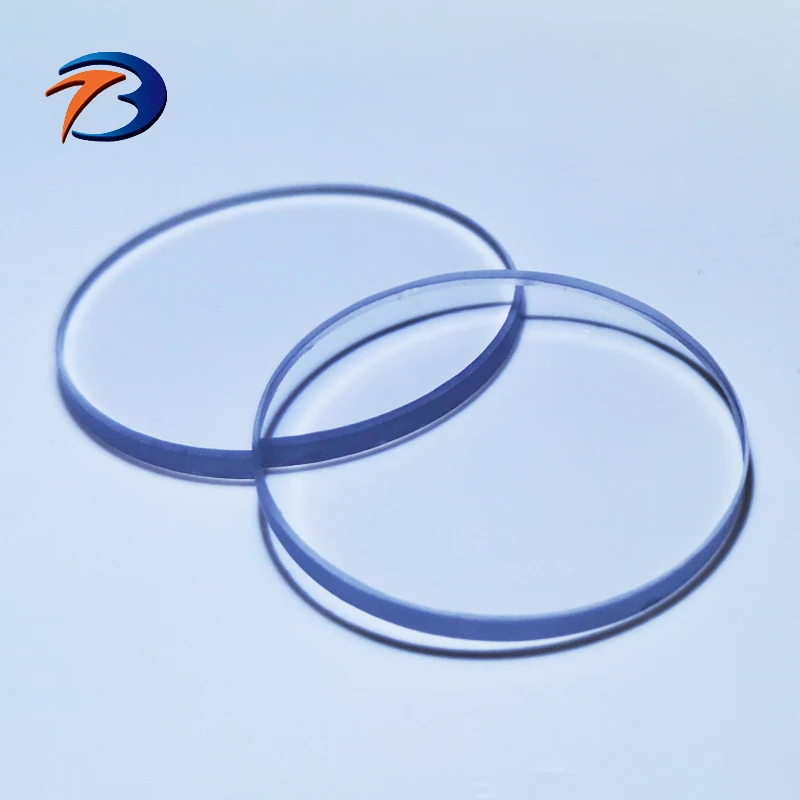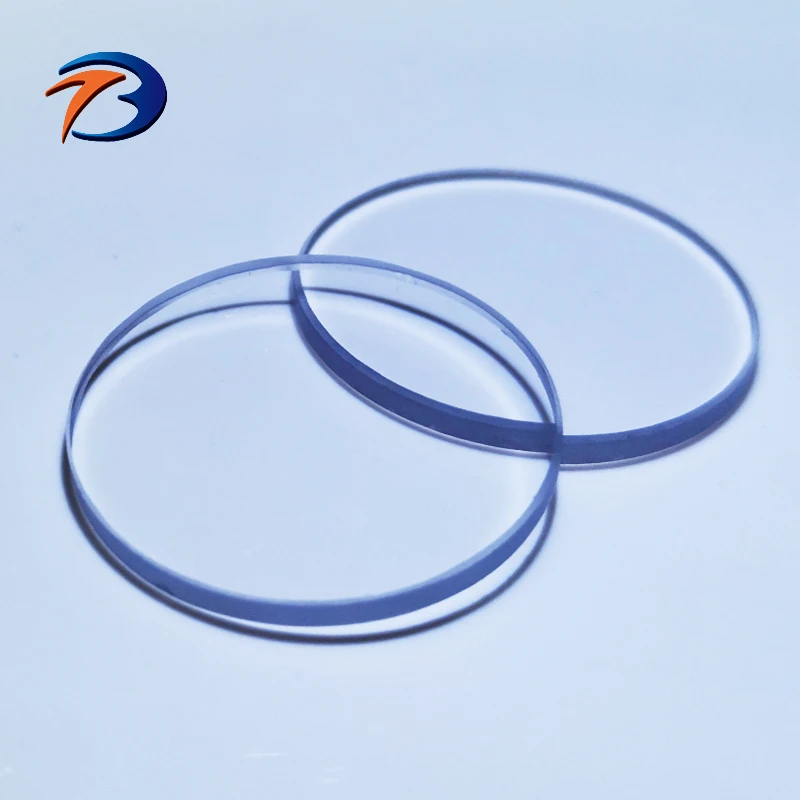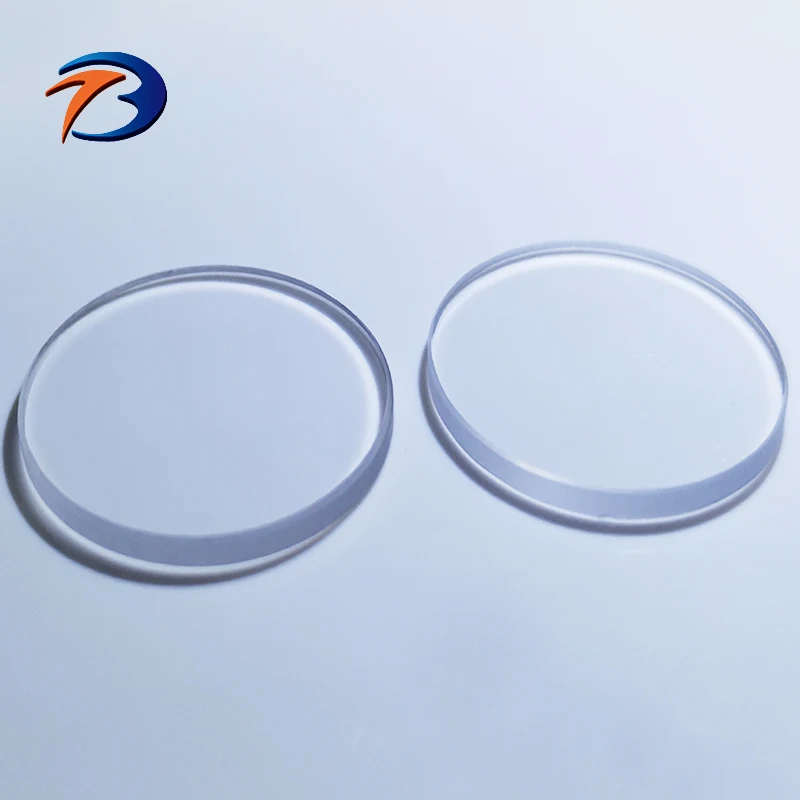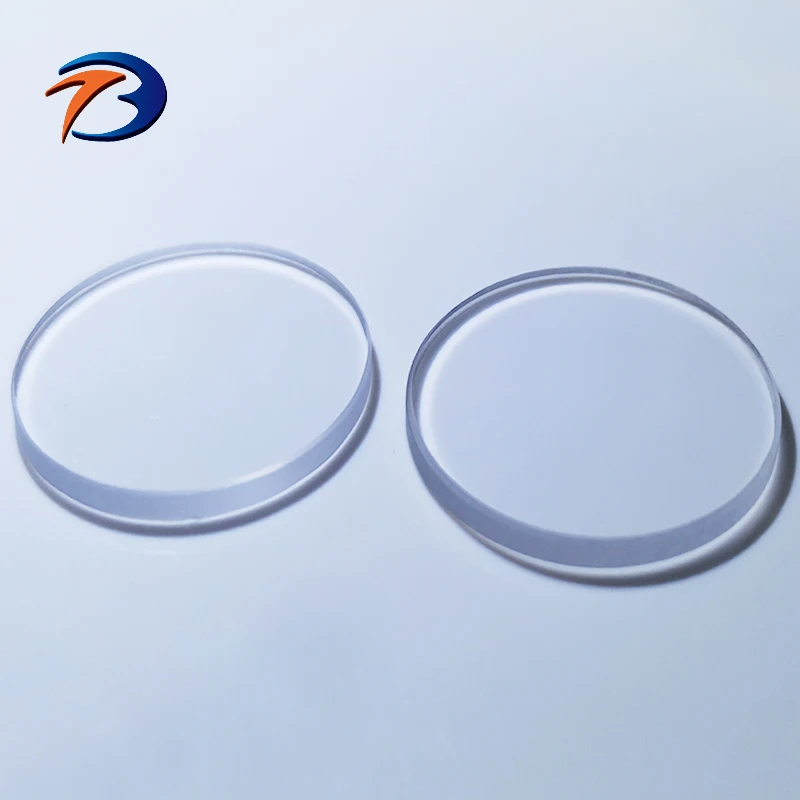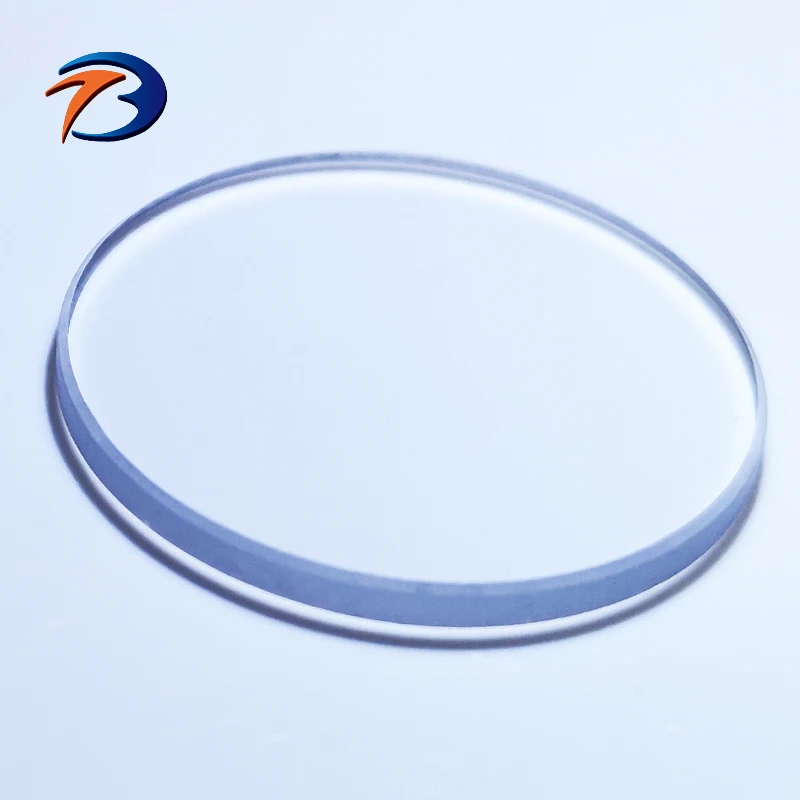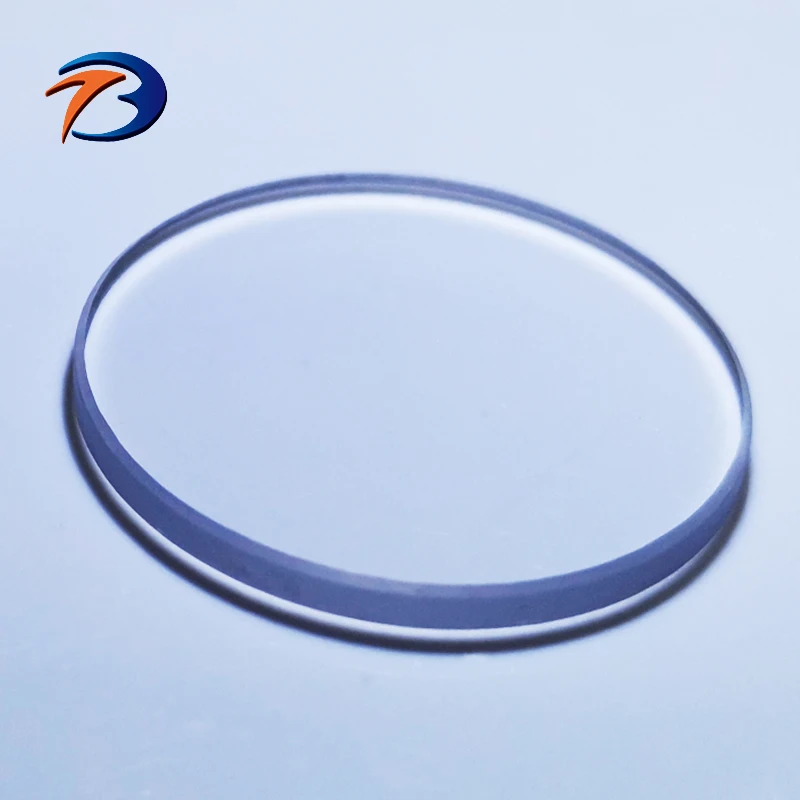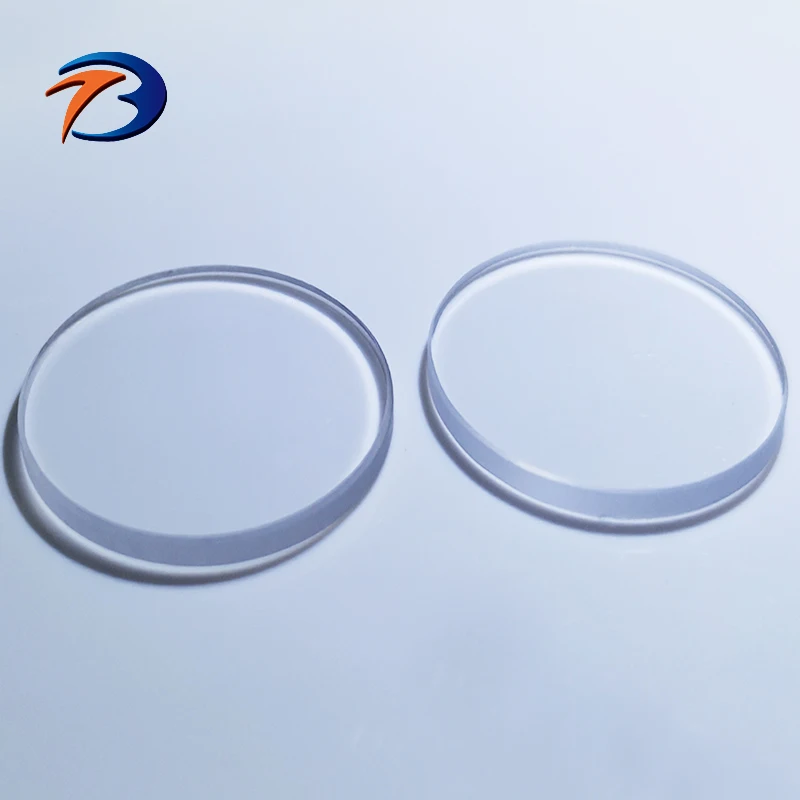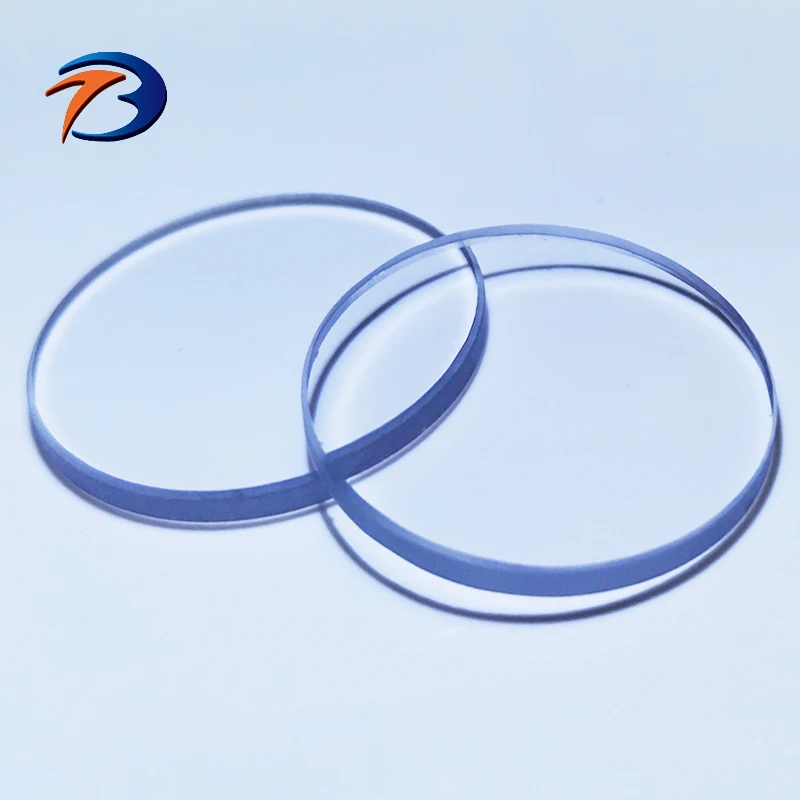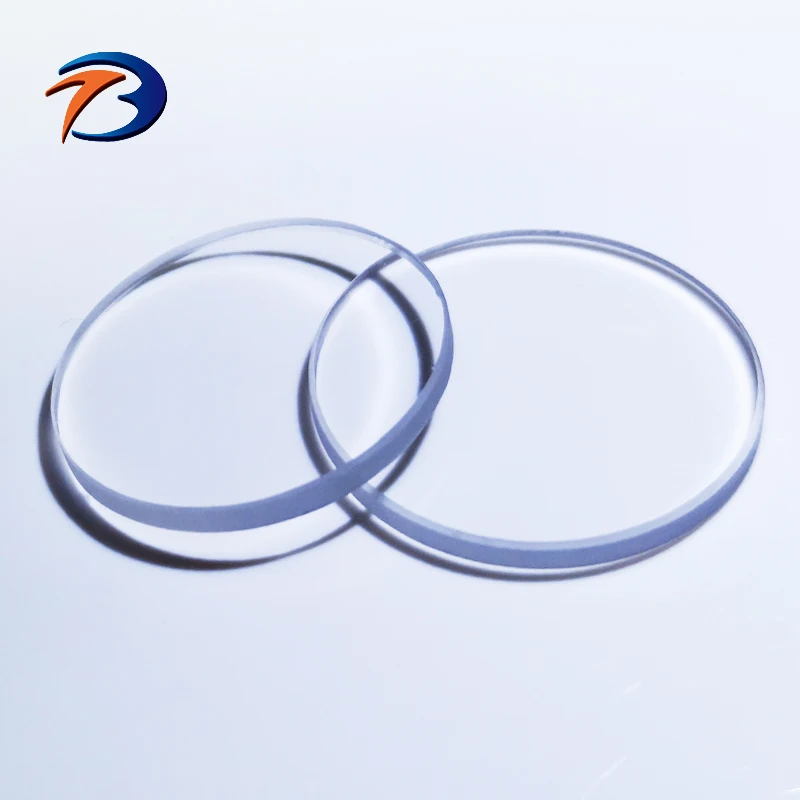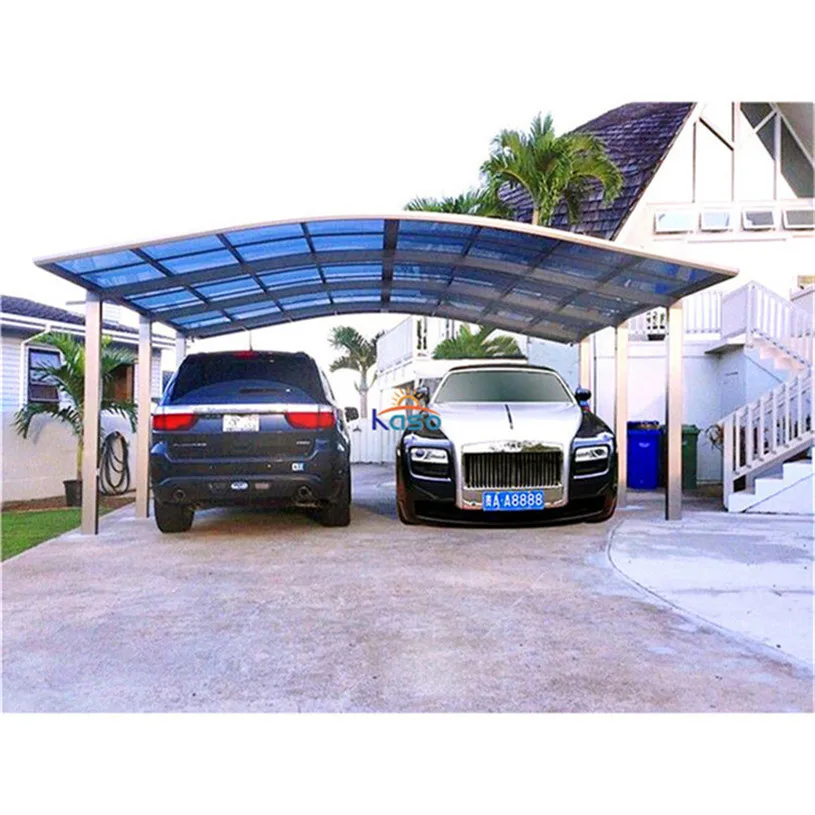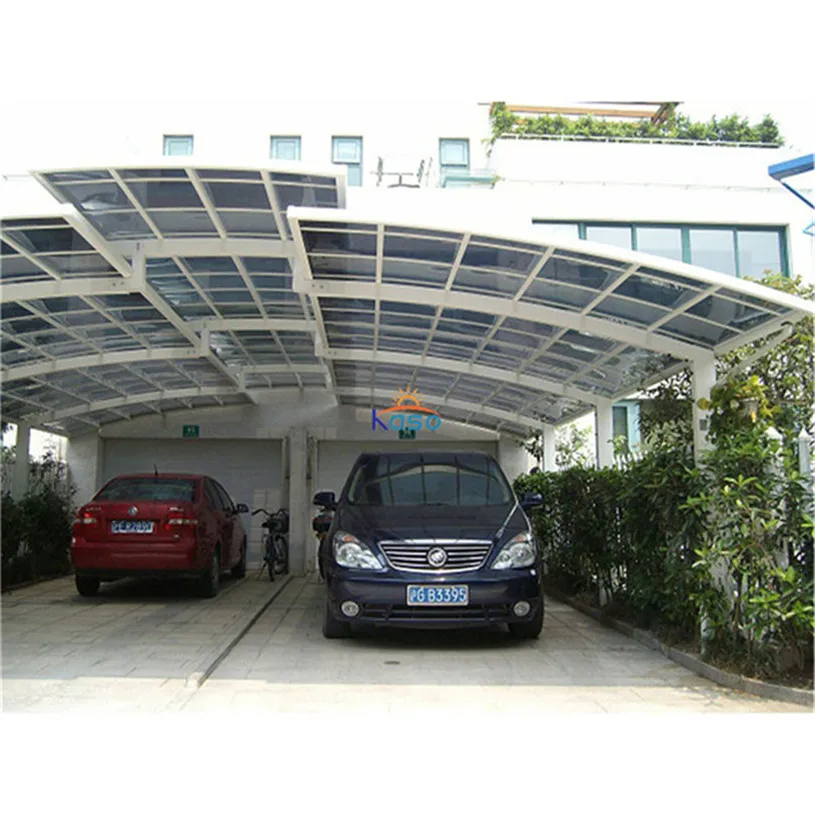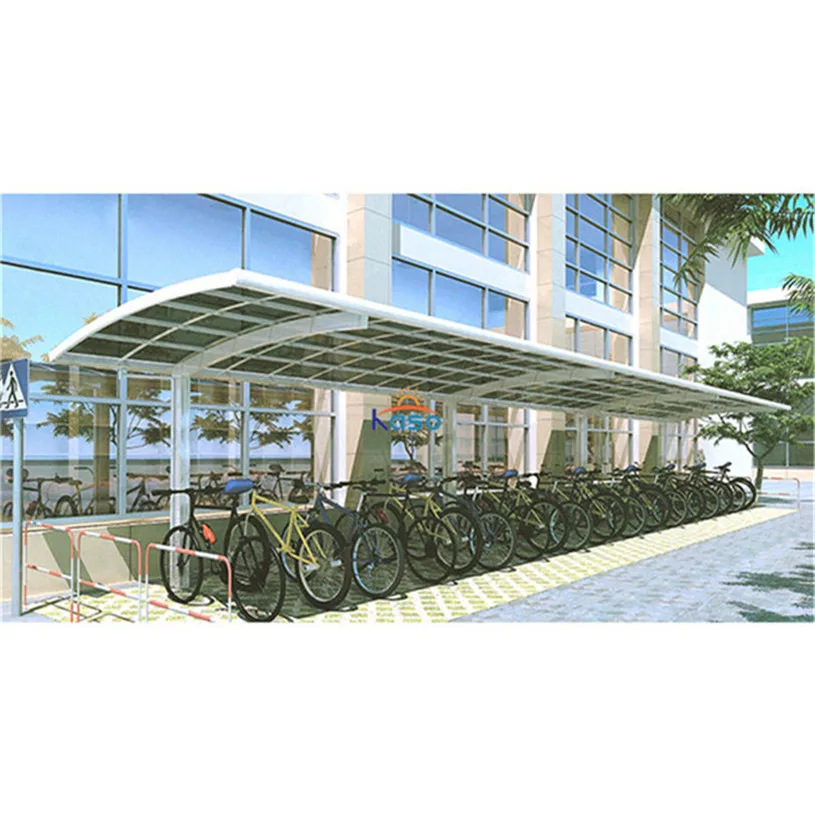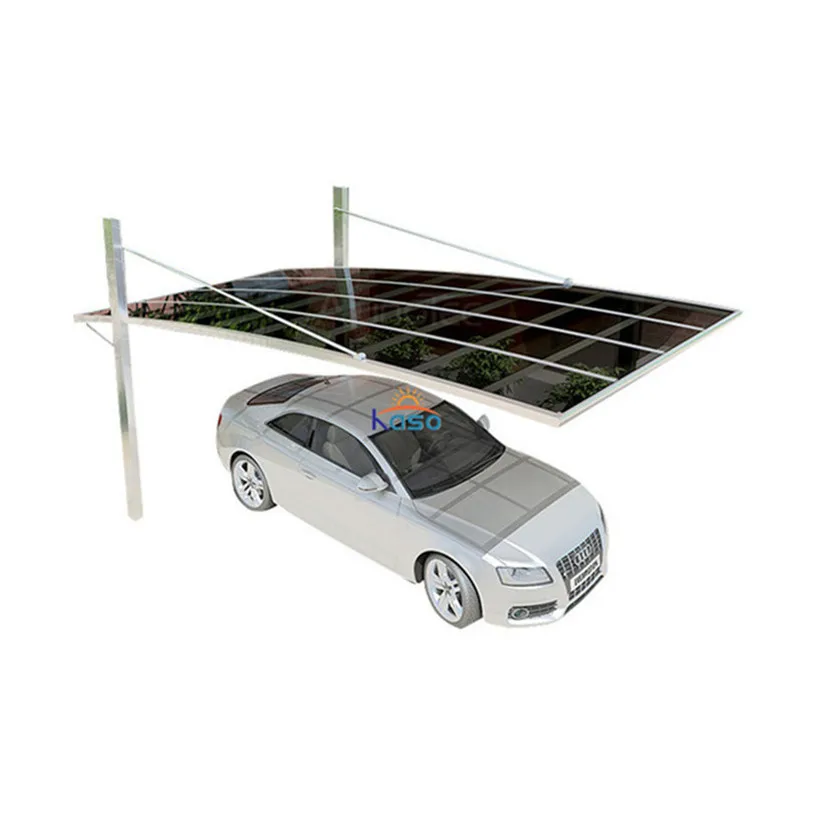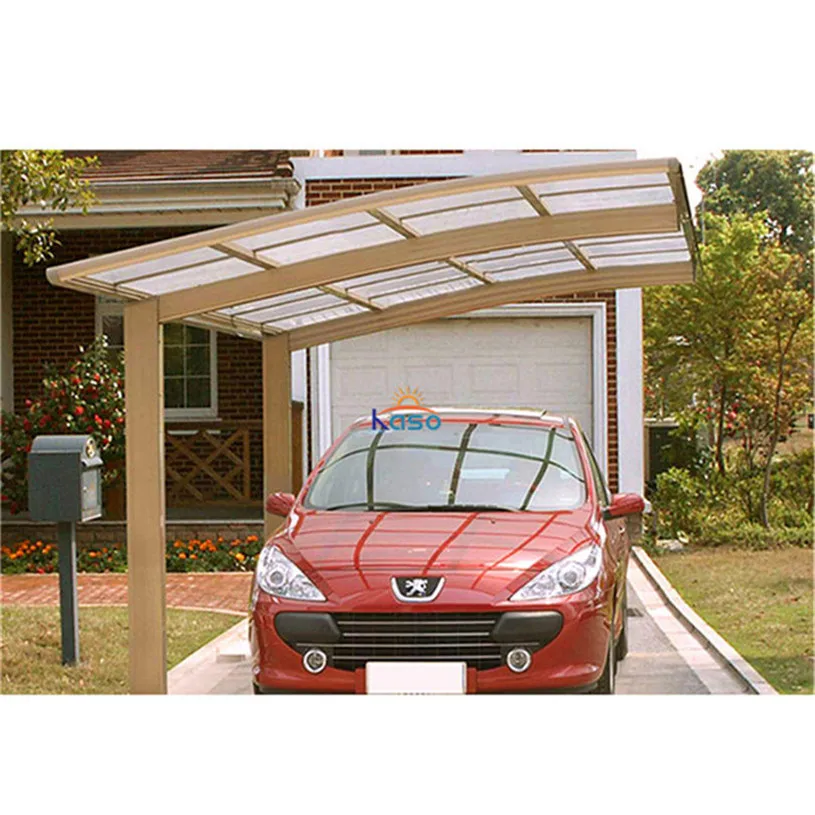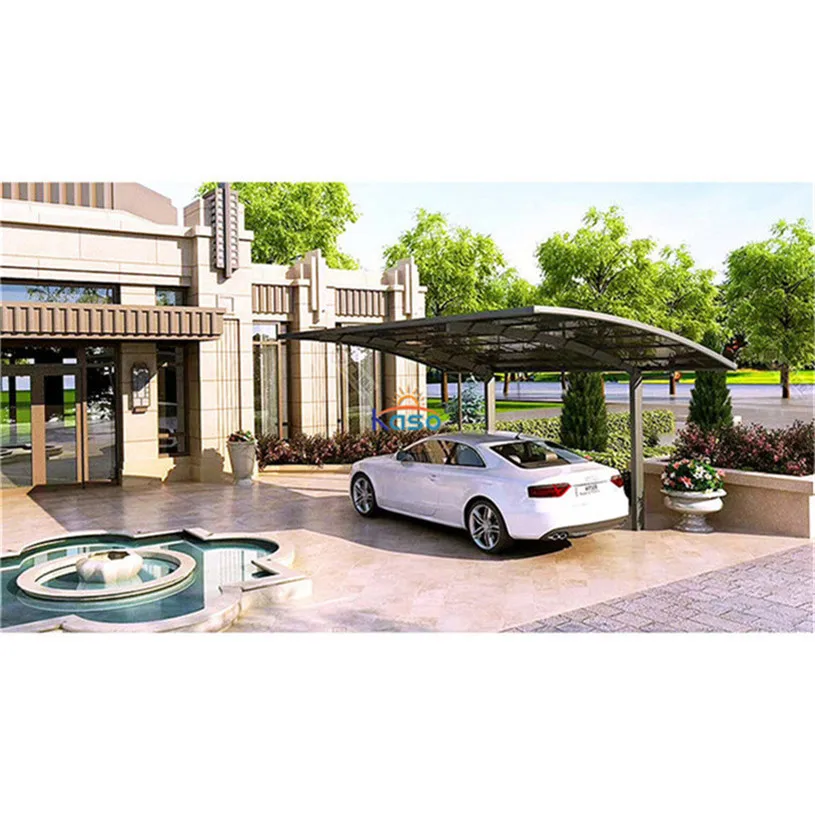Sun Sheets & PC Embossed Sheets: A Buyer's Guide for 2025
In the construction and real estate industry, Sun Sheets & PC Embossed Sheets have become essential materials for roofing, skylights, and decorative applications. As demand grows, buyers are increasingly sourcing these products from China due to competitive pricing and quality improvements. This guide provides actionable insights for selecting the right sheets for your projects.
How to Find Reliable Sun Sheets & PC Embossed Sheets from China in 2025
Sourcing from China requires careful vetting of suppliers. Look for manufacturers with:
- ISO 9001 certification for quality management
- Minimum 5 years of production experience
- Transparent pricing without hidden costs
- Positive customer reviews on Alibaba and Global Sources
Top industrial zones for these products include Guangdong and Zhejiang provinces, where 60% of China's polycarbonate sheet production is concentrated.
What Buyers Should Know Before Buying Sun Sheets & PC Embossed Sheets from China
Key considerations include:
- UV protection layer quality (look for 50+ micron coatings)
- Material thickness tolerance (±0.1mm is industry standard)
- Customization options for embossing patterns
- Shipping costs and lead times (typically 30-45 days)
Types of Sun Sheets & PC Embossed Sheets
Main product categories:
Solid Sun Sheets
Single-layer sheets with 85-92% light transmission, ideal for greenhouse roofing.
Multi-wall PC Sheets
2-5 wall structures providing insulation, used in industrial buildings.
Embossed Decorative Sheets
Patterned surfaces for architectural applications, available in woodgrain and geometric designs.
Functions and features of Sun Sheets & PC Embossed Sheets
Key advantages:
- Impact resistance (250x stronger than glass)
- Temperature range: -40°C to 120°C
- Fire rating: UL94 V-0/V-2
- 10-15 year warranty against yellowing
Scenarios of Sun Sheets & PC Embossed Sheets
Common applications:
- Warehouse skylights (reducing lighting costs by 30%)
- Bus stop shelters with decorative embossing
- Agricultural greenhouses with UV diffusion
- Sound barriers along highways
How to Choose Sun Sheets & PC Embossed Sheets
Selection criteria:
- Match thickness to wind/snow loads in your region
- Verify UV coating with spectrometer testing
- Request material certificates (ROHS, REACH compliant)
- Compare embossing depth (0.3-1.2mm options available)
Sun Sheets & PC Embossed Sheets Q & A
Q: How do Chinese prices compare to local suppliers?
A: Typically 30-50% lower, even after shipping and duties.
Q: What's the minimum order quantity?
A: Most factories require 500-1000 sqm for custom orders.
Q: How to prevent damage during shipping?
A: Insist on wooden crates with edge protectors (adds ~5% to cost).
Q: Can I get color-matched sheets?
A: Yes, RAL color matching is available with 2-3 week lead time.
Q: What maintenance is required?
A: Annual cleaning with mild soap prevents dirt accumulation.




























